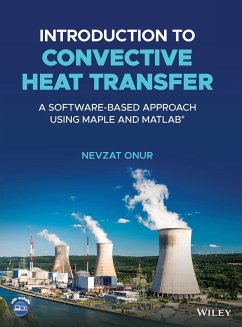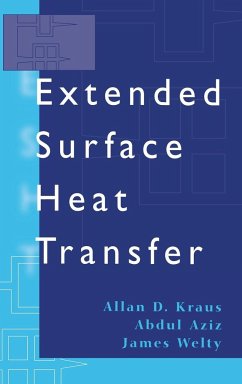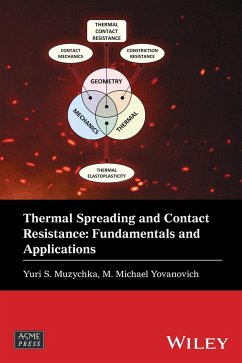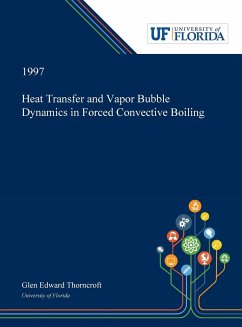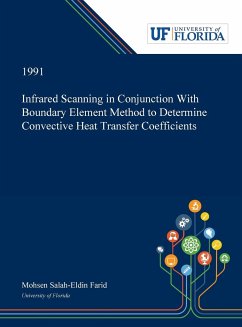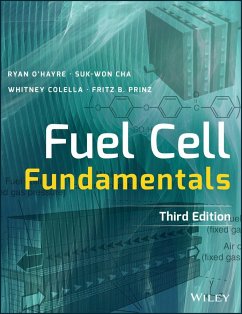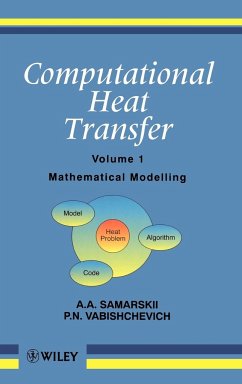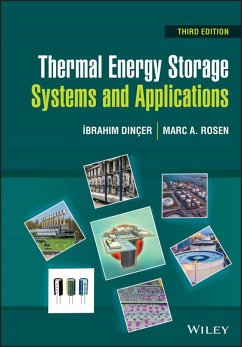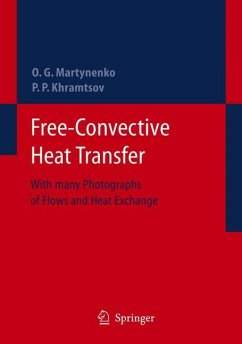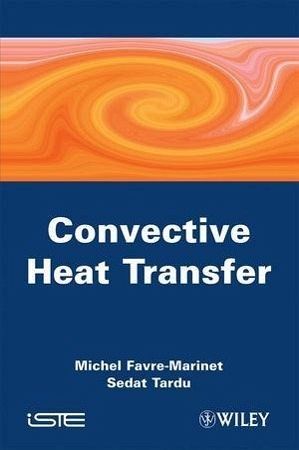
Convective Heat Transfer
Solved Problems
Versandkostenfrei!
Versandfertig in über 4 Wochen
229,99 €
inkl. MwSt.
Weitere Ausgaben:

PAYBACK Punkte
115 °P sammeln!
Convection heat transfer is an important topic both for industrial applications and fundamental aspects. It combines the complexity of the flow dynamics and of the active or passive scalar transport process. It is part of many university courses such as Mechanical, Aeronautical, Chemical and Biomechanical Engineering. The literature on convective heat transfer is large, but the present manuscript differs in many aspects from the existing ones, particularly from the pedagogical point of view. Each chapter begins with a brief yet complete presentation of the related topic. This is followed by a ...
Convection heat transfer is an important topic both for industrial applications and fundamental aspects. It combines the complexity of the flow dynamics and of the active or passive scalar transport process. It is part of many university courses such as Mechanical, Aeronautical, Chemical and Biomechanical Engineering. The literature on convective heat transfer is large, but the present manuscript differs in many aspects from the existing ones, particularly from the pedagogical point of view. Each chapter begins with a brief yet complete presentation of the related topic. This is followed by a series of solved problems. The latter are scrupulously detailed and complete the synthetic presentation given at the beginning of each chapter. There are about 50 solved problems, which are mostly original with gradual degree of complexity including those related to recent findings in convective heat transfer phenomena. Each problem is associated with clear indications to help the reader to handle independently the solution. The book contains nine chapters including laminar external and internal flows, convective heat transfer in laminar wake flows, natural convection in confined and no-confined laminar flows, turbulent internal flows, turbulent boundary layers, and free shear flows.



